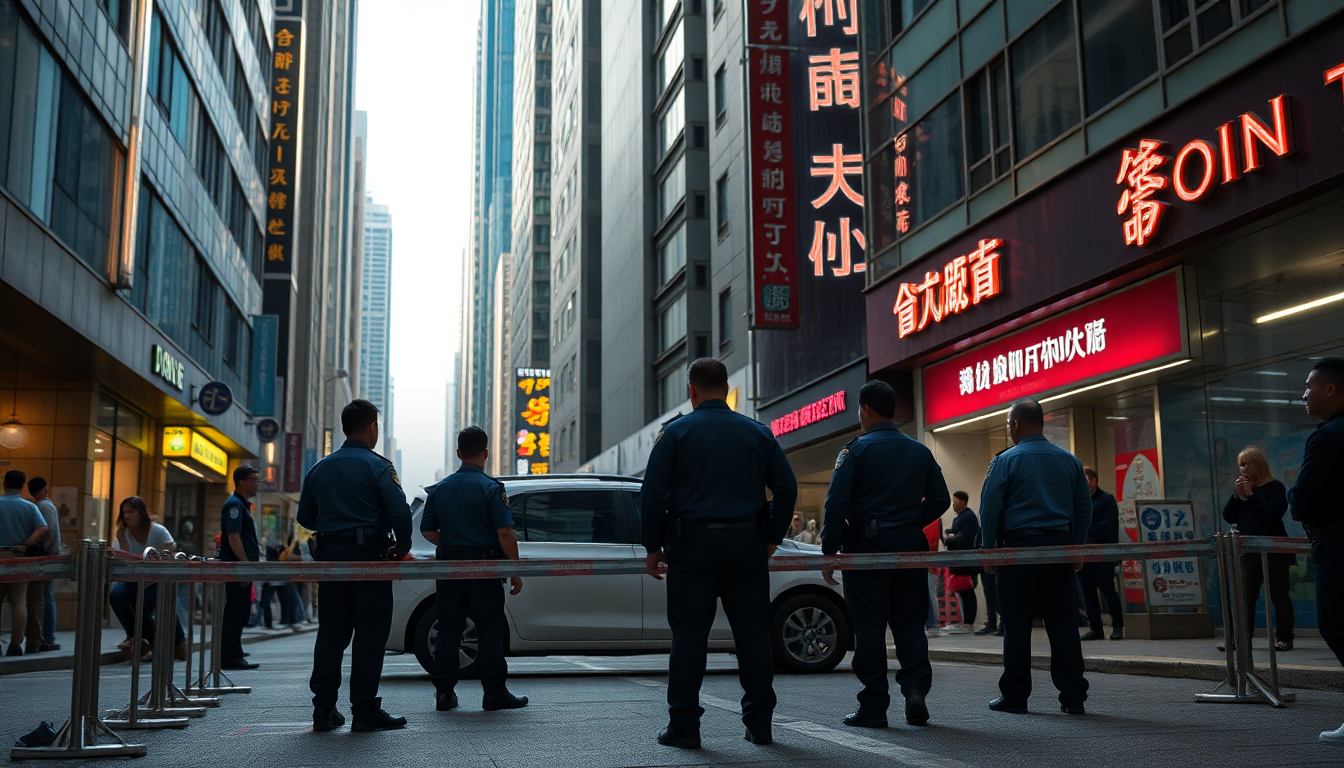Table of Contents
The relationship between organized crime and urban property values is anything but straightforward. It’s a complex web, often marked by fluctuations that can heavily influence investment decisions. Take a look at what’s happening in cities like Hong Kong, where law enforcement has ramped up anti-crime operations. With authorities arresting individuals linked to organized crime syndicates and seizing large sums of cash, the implications for property values and investment opportunities are becoming more relevant than ever for potential buyers and investors. How does this all connect? Let’s dive in.
The Current Landscape of Urban Crime and Real Estate
Recent police operations, such as the one in Hong Kong that led to the arrest of 82 individuals and the confiscation of HK$9 million, paint a vivid picture of the ongoing battle against organized crime. These events inevitably raise questions about the stability of local neighborhoods. Are they still appealing to real estate investors? In real estate, location is everything. Areas that are known for crime can often see a dip in property values as investors become wary of the associated risks.
Reports and data from real estate sources frequently highlight a strong correlation between crime rates and property values. When crime spikes, housing demand in those neighborhoods typically plummets, which in turn drives down prices. On the flip side, neighborhoods that successfully tackle crime can undergo revitalization, attracting buyers and investors eager for opportunities. Understanding these dynamics is crucial for anyone considering property investments in urban settings. Curious about how this plays out in real life?
Identifying Promising Investment Opportunities Amidst Crime
For astute investors, spotting potential in areas grappling with organized crime can actually be a smart strategy. While crime might scare off some buyers, others see a golden opportunity for significant returns once the area improves. This often leads to a cycle of gentrification, where investments in crime-affected neighborhoods eventually spark revitalization, boosting property values over time. Have you ever thought about the hidden gems in such areas?
Investors should keep an eye on key indicators, including local government initiatives aimed at reducing crime, community engagement programs, and trends in property demand. Additionally, diving deep into historical price trends can offer insights into how quickly a neighborhood can rebound after successful crime reduction efforts. The idea is simple: buying in a struggling area with high potential for recovery can yield substantial returns, provided the investor remains patient and strategic.
Practical Insights for Navigating the Real Estate Market
For potential buyers and investors, staying informed about crime rates and law enforcement activities in desired neighborhoods is crucial. Utilizing data from reliable sources, such as OMI or Tecnocasa, can help you gauge market trends and pinpoint areas with promising potential, despite the crime challenges. Engaging with local real estate professionals who know the ins and outs of specific neighborhoods can also provide invaluable insights. Have you considered talking to a local expert?
Moreover, grasping essential metrics of real estate investment, like ROI, cap rates, and cash flow, is vital. These factors empower investors to assess the viability of properties in regions impacted by organized crime. Also, think about the long-term outlook—taking into account the potential for neighborhood safety improvements can really guide your investment decisions.
Looking Ahead: Predictions for Urban Real Estate
The future of urban real estate in areas dealing with organized crime will likely hinge on community efforts, the effectiveness of law enforcement, and broader economic conditions. As cities continue to roll out strategies to combat crime, regions once viewed as undesirable could transform into attractive investment hotspots. Investors should keep their eyes peeled for policies focused on crime reduction and urban improvement initiatives; these will be key players in shaping property values. What changes might we see in the coming years?
While the intersection of organized crime and real estate presents its share of challenges, it also opens the door to unique opportunities for those willing to navigate its complexities. With informed strategies and a focus on long-term gains, investors can discover value—even in the most unpredictable markets. The question remains: are you ready to explore these opportunities?


